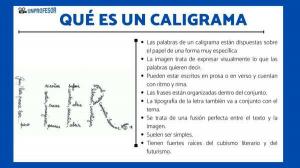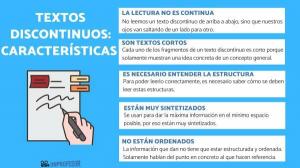Structure of an expository text

Textual modalities are the various ways in which the content of a text, both oral and written, is structured. In Spanish they exist four types of textual modality: the argumentation, the description, the exposition and, finally, the narration. Each of these modalities uses a series of structural and characteristic elements that make up the text according to how the information is to be transmitted. In this lesson from a PROFESSOR we focus on the study of the expository textual modality and we will show you what is the structure of an expository text.
The expositive text (also called information text) is characterized because its purpose is to truthfully explain and report a fact. This is precisely where it gets its name: exhibiting is presenting ideas or thoughts in an orderly, logical and coherent way. For this reason, the expository text is ideal when it comes to hold conferences or talks of an academic, scientific, informative or pedagogical nature since through an exhibition it is possible to inform an audience about any topic of current interest.
In expository texts, the representative function of language predominates, which is the one through which information is transmitted. Likewise, an expository text must be objective, clear and truthful.
As with the rest of the textual modalities, the expository texts are organized into categories. According to its typology, we distinguish two large blocks:
- Informative expository texts: are those texts that convey information on a topic that is of interest to a wide audience. Normally, the informative texts are aimed at a generalized type of public, that is, without an exhaustive knowledge of the subject matter of the exhibition. Examples of informative expository texts are the following: journalistic texts, textbooks, encyclopedias, conference speeches, information brochures, instruction manuals, etc.
- Specialized expository texts: are the texts that require that the audience they are addressed to does have prior knowledge on the subject of exposure, since they are usually used to convey information about a very specific area of the to know. For example, scientific articles, clinical reports, laws, doctoral theses, etc.


